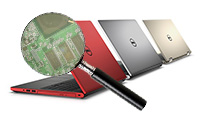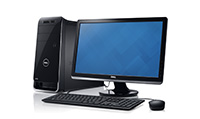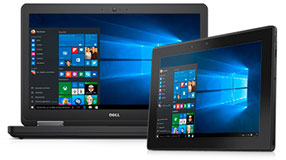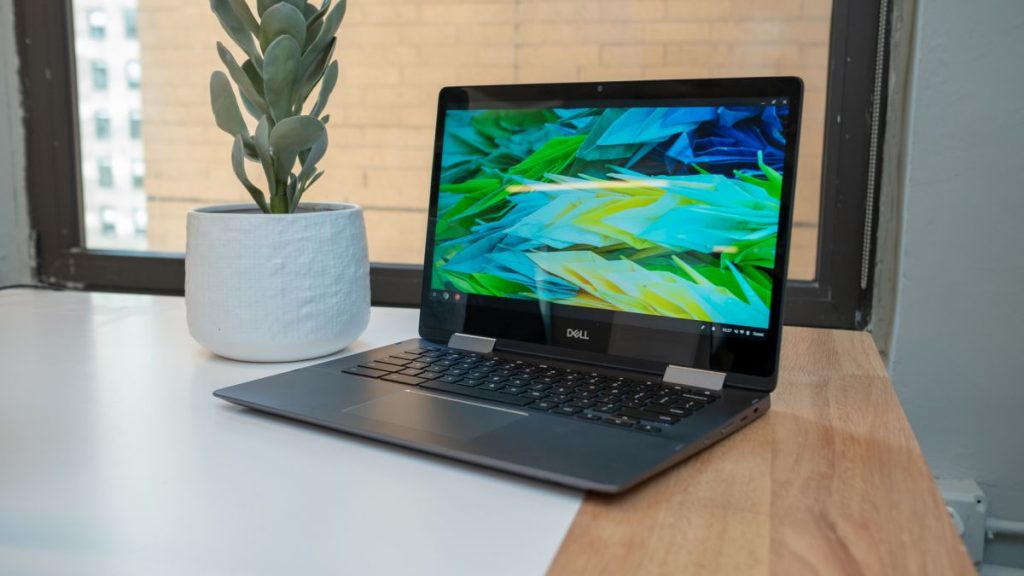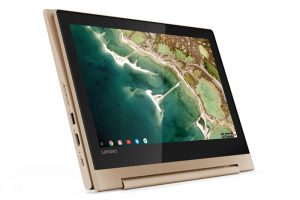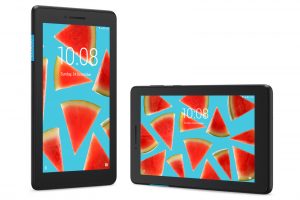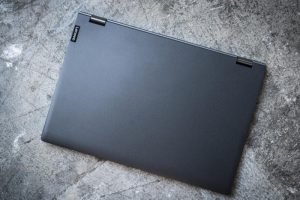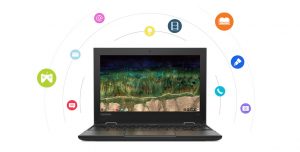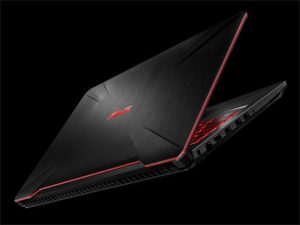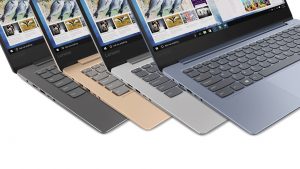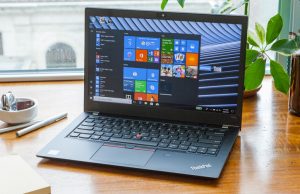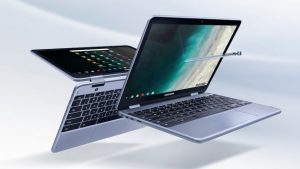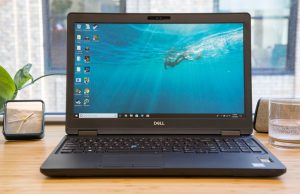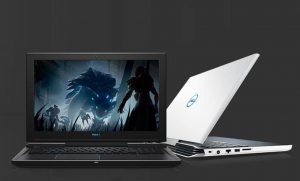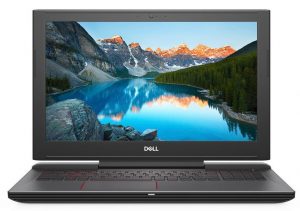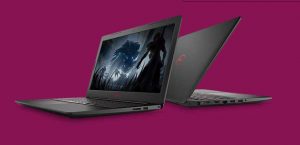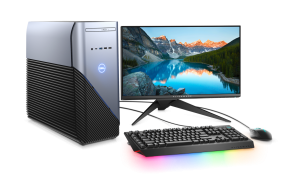In a previous article we addressed the boundaries, or lack thereof, between netbooks, notebooks, laptops, and ultrabooks. Now the category 'ultrathins', as applied to 'thin-and-light' notebooks, is starting to permeate computer terminology. What, therefore, makes a notebook an 'ultrabook' instead of an 'ultrathin'?
What is the Definition of Ultrabooks?
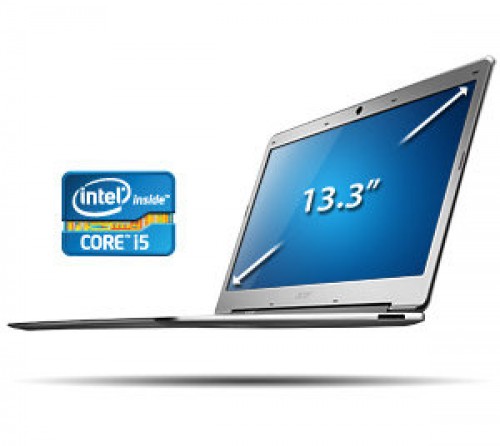

- Weight - Less than 3.1 pounds
- Form-factor - Eight-tenths of an inch or thinner; near or entering netbook dimensions
- Battery-life, minimum of 5 hours, with some models exceeding 8 hours
- Always-on connectivity
- Solid-state Drives (SSDs)
- Performance & power equal to full-sized notebooks
- Instant-on resume from sleep
- Very fast boot-up
- Enhanced security features; both hardware and software
- No optical drive
- Intel chip-sets
- Price - Less than $1,000-- US
What is the Definition of Ultrathins?
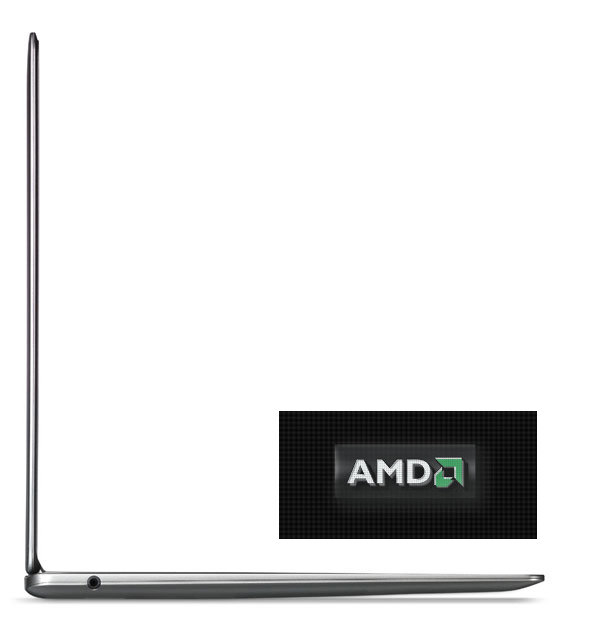

That brings us to another significant point. Ultrathins that are not Intel-branded, will commonly contain AMD chip-sets and will be made by a plethora of notebook manufacturers. The vast majority of notebook manufacturers are already making ultrabooks or ultrathins, or will be within a few months. Expect to see about 75 models branded as ultrabooks, and at least 20 ultrathins with AMD chip-sets.
The attributes of ultrathins and ultrabooks are what netbooks always should have been; and in essence that is what you see happening. Ultrathins are in fact, the convergence of a netbook or tablet’s size, portability, light weight, and battery-life; with the notebook’s larger display, better keyboard, superior processor (CPU or APU), more RAM memory, a solid-state-drive (SSD), and a more robust array of ports and connectivity options.
APUs are Accelerated Processing Units designed by AMD, and contain both a CPU (Central Processing Unit) and a GPU (Graphics Processing Unit). Historically, AMD's graphics processors have been considered better than those made by Intel, although overall their CPUs may be approximately equal, depending on precisely which processors are being compared, and which benchmarks are used.
It actually is correct to say, that functionally, the line between an AMD-based ultrathin, and an Intel-based ultrabook is, uhmmm, ultrathin. (Sometimes puns sneak up like a sneeze.) The advantage goes to AMD with a lower price point. Expect AMD based ultrathins to be $100 to $200 US lower in price than those with Intel chip-sets.
Assessment
Practice saying "convergence", because you will be experiencing more of it. That is particularly true because the ultrathins and the branded sub-set of "Ultrabooks" will start gaining touchscreens and gesture-based graphical user interfaces (GUIs). That evolution will be accelerated by Microsoft's introduction of Windows 8 this year, which will include the touch-centric Metro UI designed specifically for mobile devices.
Voice-control will also be incorporated soon. We did say convergence, didn't we?

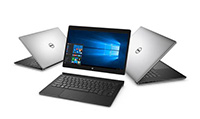 Laptop & Tablet Parts
Laptop & Tablet Parts